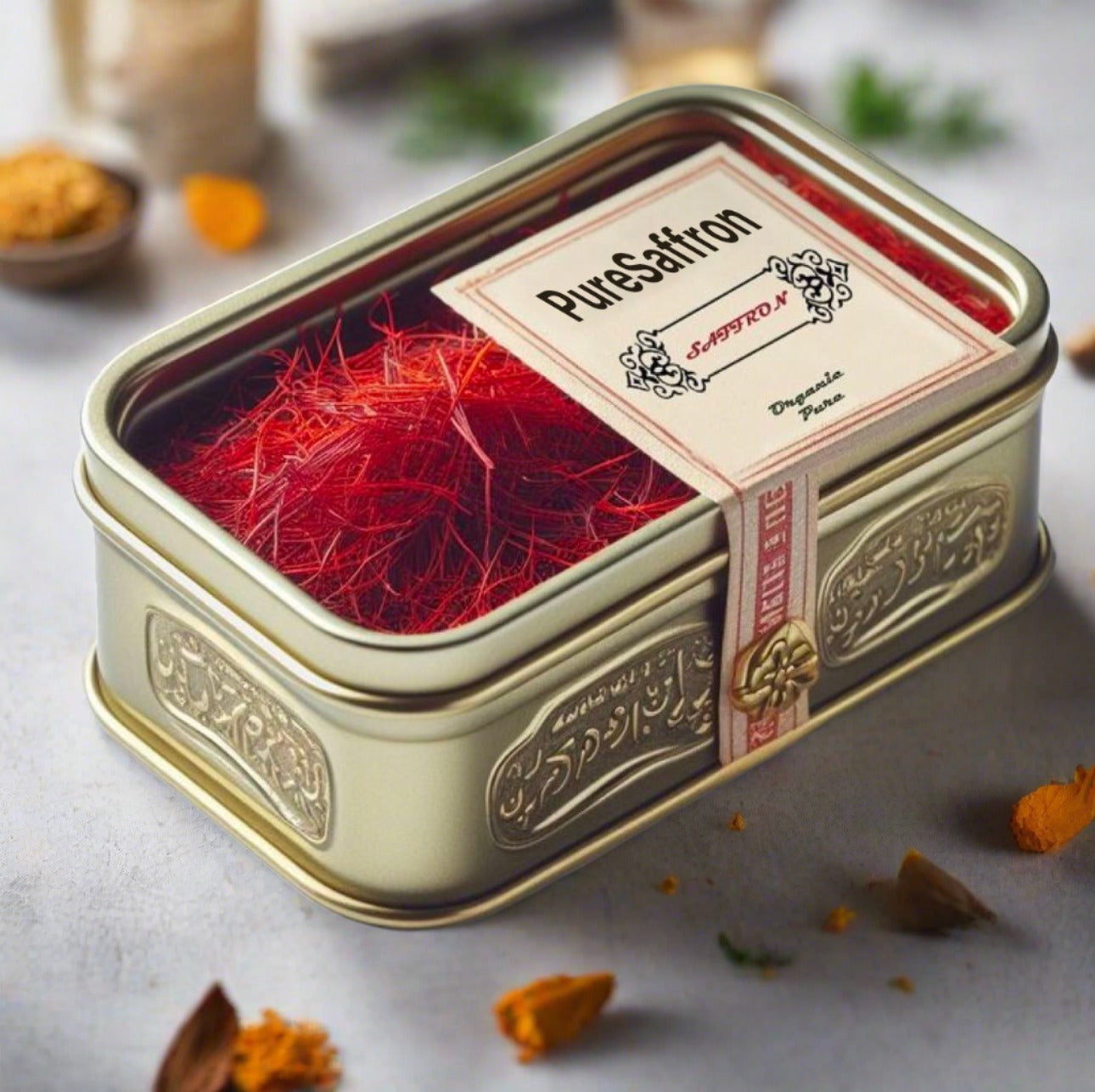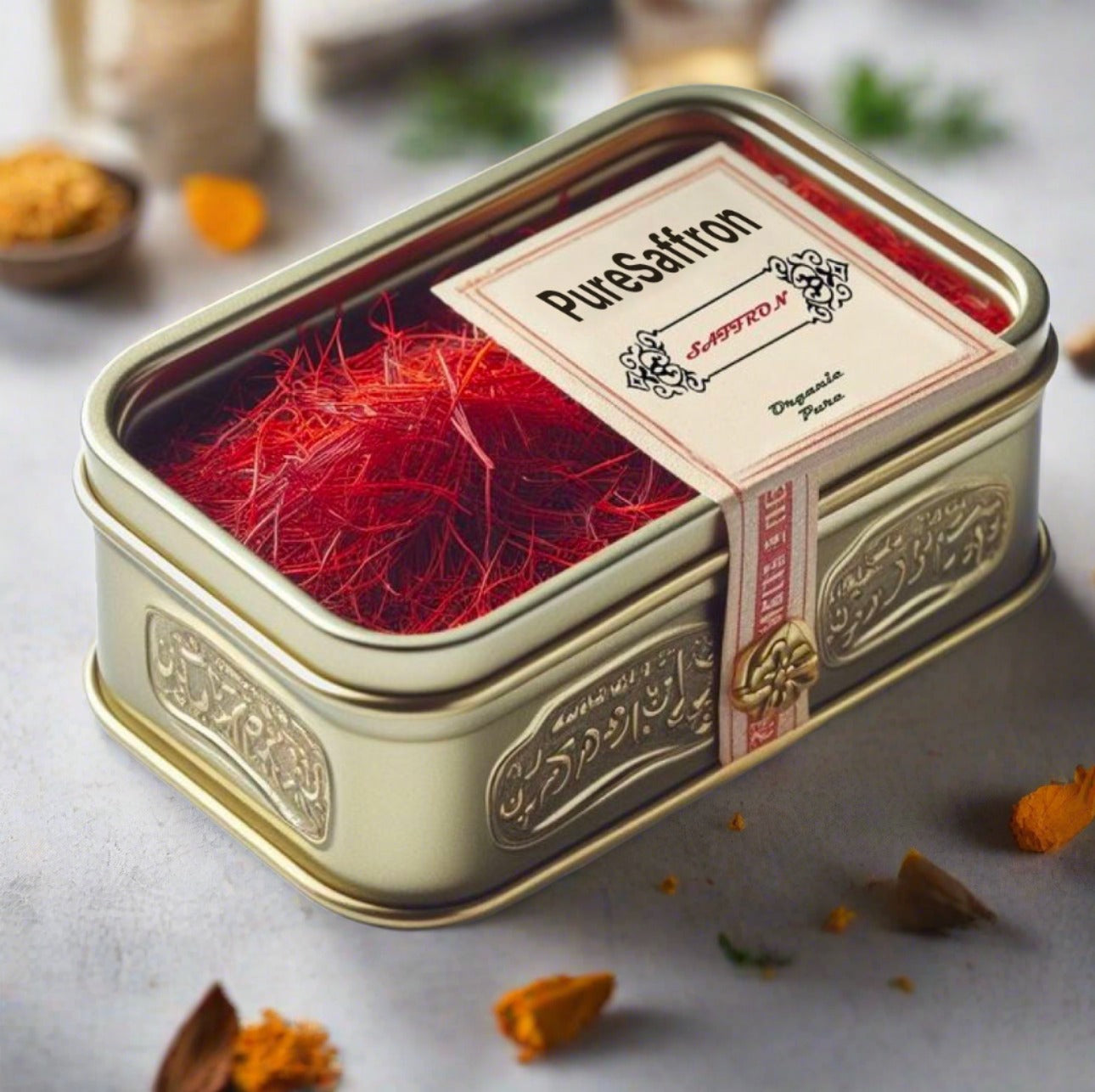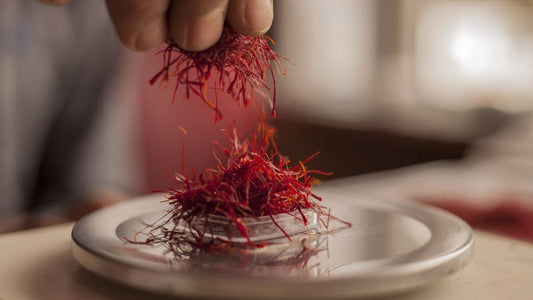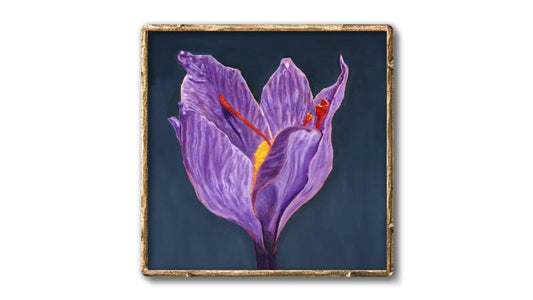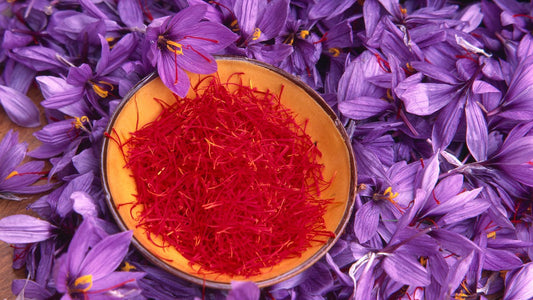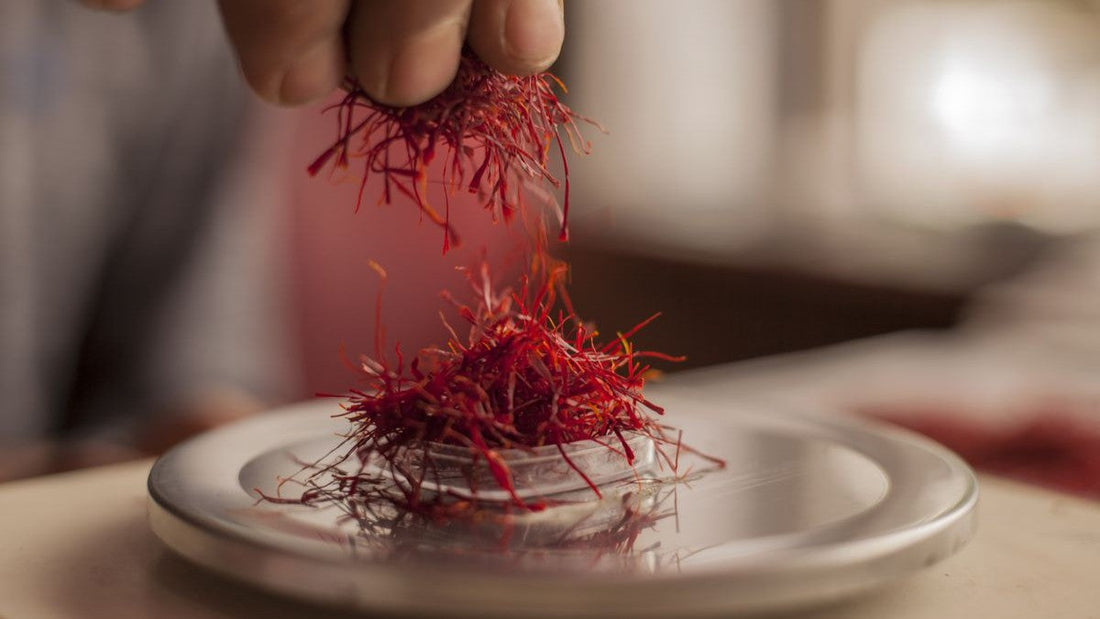
The Role of Saffron in Historical Cuisines Across Cultures
Ara OhanianShare
Saffron, often referred to as the "golden spice," has a rich and fascinating history that spans thousands of years. Beyond its vibrant color and distinctive aroma, saffron has played a significant role in shaping the culinary traditions of many ancient civilizations. In this blog, we’ll explore the importance of saffron in historical cuisines, tracing its journey through time and across cultures.
The Origins of Saffron in Ancient Civilizations
Saffron is derived from the dried stigmas of the Crocus sativus flower. Its use dates back over 3,000 years, making it one of the oldest spices known to humankind. Historical records suggest that saffron originated in the region of modern-day Iran, a country that remains a leading producer of the spice today.
Ancient civilizations recognized saffron not only for its culinary value but also for its medicinal and ceremonial purposes. Archaeological evidence indicates that saffron was used in Mesopotamian and Persian kitchens as early as 2000 BCE. It was prized for its ability to impart a golden hue to dishes and its subtle yet complex flavor profile.
Saffron in Ancient Egyptian Cuisine
In ancient Egypt, saffron was considered a luxury item reserved for the elite. It was used in both food and drink, often infused into wine or added to stews and bread. The Egyptians valued saffron not only for its culinary applications but also for its believed aphrodisiac properties and medicinal benefits.
Cleopatra herself is rumored to have used saffron in her beauty rituals, adding it to her baths to enhance her skin's glow. While its culinary use was more limited to the upper class, its significance in Egyptian culture was undeniable.
Saffron in Greek and Roman Gastronomy
The Greeks and Romans embraced saffron for its versatility and flavor. In Greek cuisine, saffron was often used in broths, breads, and desserts. It even made its way into medicinal recipes, with Hippocrates recommending saffron as a treatment for various ailments.
In Roman gastronomy, saffron became a symbol of wealth and luxury. Roman chefs used saffron to season and color their dishes, ranging from sauces and soups to elaborate desserts. The Roman poet Virgil even mentioned saffron in his writings, highlighting its esteemed status in Roman culture.
Saffron in Persian and Middle Eastern Cuisine
Persia (modern-day Iran) has long been the heartland of saffron cultivation and use. Persian cuisine relies heavily on saffron to this day, and its historical roots in the region run deep. Ancient Persian dishes such as chelo kebab (rice and kebab) and shole zard (saffron rice pudding) showcase the spice's versatility in both savory and sweet recipes.
Additionally, saffron was a key ingredient in Middle Eastern trade, making its way to other parts of the world through the Silk Road. It became a staple in the kitchens of neighboring cultures and influenced culinary traditions far and wide.
Saffron in Indian and Mughal Cuisine
Saffron was introduced to India through Persian and Arab traders and quickly became an integral part of Indian culinary traditions. It is prominently featured in iconic dishes such as biryanis, kormas, and desserts like kulfi and kheer.
During the Mughal era, saffron reached new heights of popularity. The Mughals, known for their opulent lifestyles and elaborate feasts, incorporated saffron into many of their royal dishes. The spice was often used to flavor and color rice, meats, and desserts, symbolizing wealth and refinement.
Saffron in European Medieval Cuisine
By the Middle Ages, saffron had reached Europe, where it became a prized commodity. European chefs used saffron to flavor soups, sauces, and baked goods. In medieval England, saffron was a key ingredient in dishes like saffron cake and golden rice.
In Spain, saffron became an essential ingredient in the creation of paella, a dish that remains a symbol of Spanish cuisine today. The spice also played an important role in Italian risottos, particularly risotto alla Milanese.
The Influence of Saffron on Global Culinary Traditions
The historical journey of saffron highlights its universal appeal and adaptability. From ancient Egyptian banquets to Mughal feasts, saffron has transcended cultural and geographical boundaries. Its inclusion in dishes around the world speaks to its timeless allure and culinary significance.
Today, saffron continues to be a sought-after ingredient in both traditional and modern cuisines. Whether used in a comforting bowl of paella or an exquisite saffron-infused dessert, its legacy endures.
If you’d like to bring the rich history and flavor of saffron into your own kitchen, be sure to explore our collection of premium saffron products. Visit our Persian Pure Saffron page to learn more.
FAQs About Saffron in Historical Cuisines
-
1. What is the historical significance of saffron?
Saffron has been used for over 3,000 years in cooking, medicine, and rituals. It was highly valued in ancient civilizations for its vibrant color, unique flavor, and medicinal properties. -
2. Which ancient civilizations used saffron in their cuisine?
Saffron was used by ancient Egyptians, Persians, Greeks, Romans, and Indians. Each culture incorporated saffron into their iconic dishes and ceremonial practices. -
3. How did saffron spread across the world?
Saffron spread through trade routes such as the Silk Road, which connected Persia, India, the Middle East, and Europe. Traders and explorers helped popularize saffron in new regions. -
4. What are some traditional dishes that feature saffron?
Traditional dishes include Persian chelo kebab, Spanish paella, Indian biryanis, and Italian risotto alla Milanese. Saffron is also used in desserts like rice puddings and cakes. -
5. How is saffron used in modern cooking?
In modern cooking, saffron is used to flavor and color a variety of dishes, including soups, stews, sauces, risottos, and desserts. It remains a symbol of luxury and sophistication.
